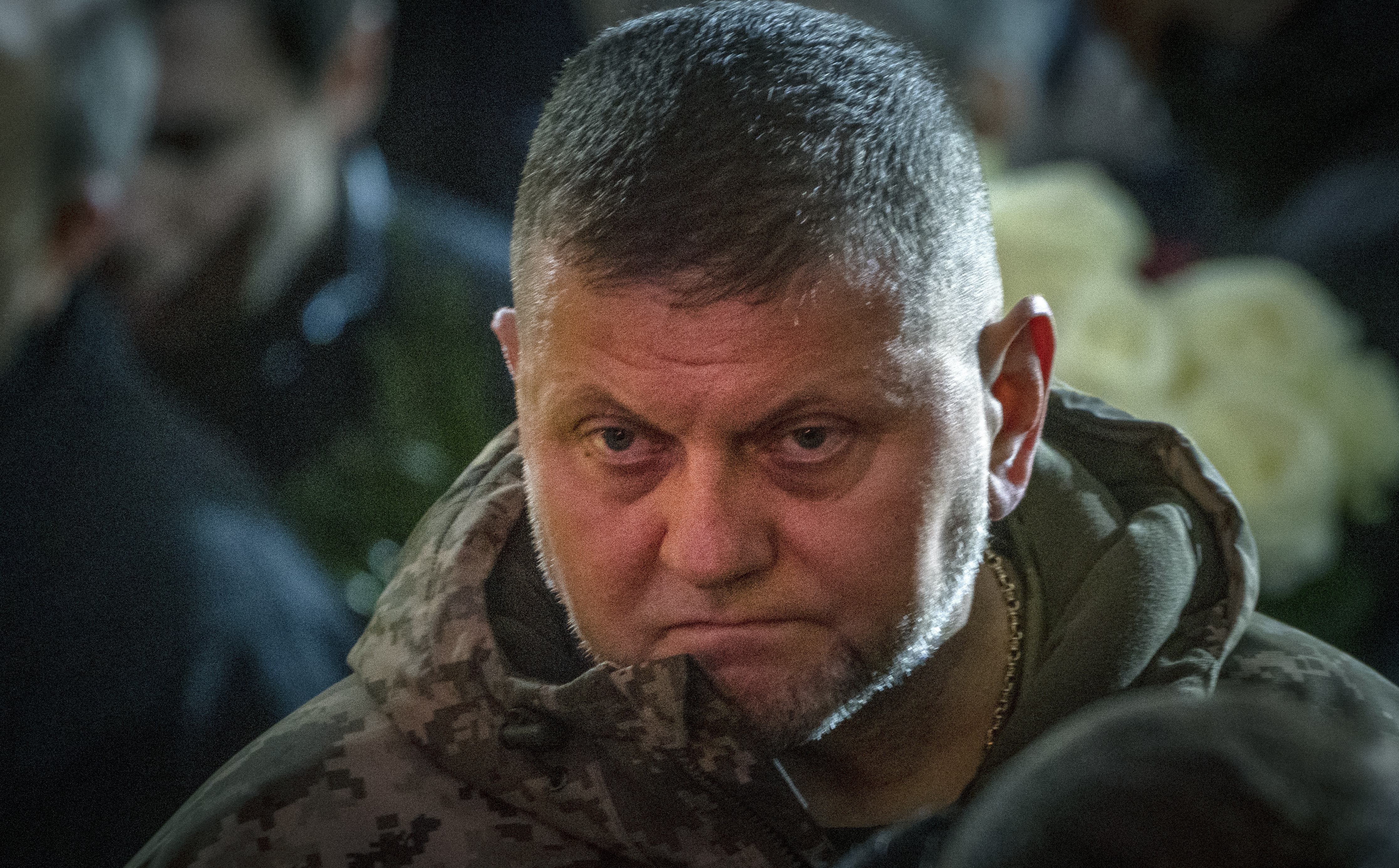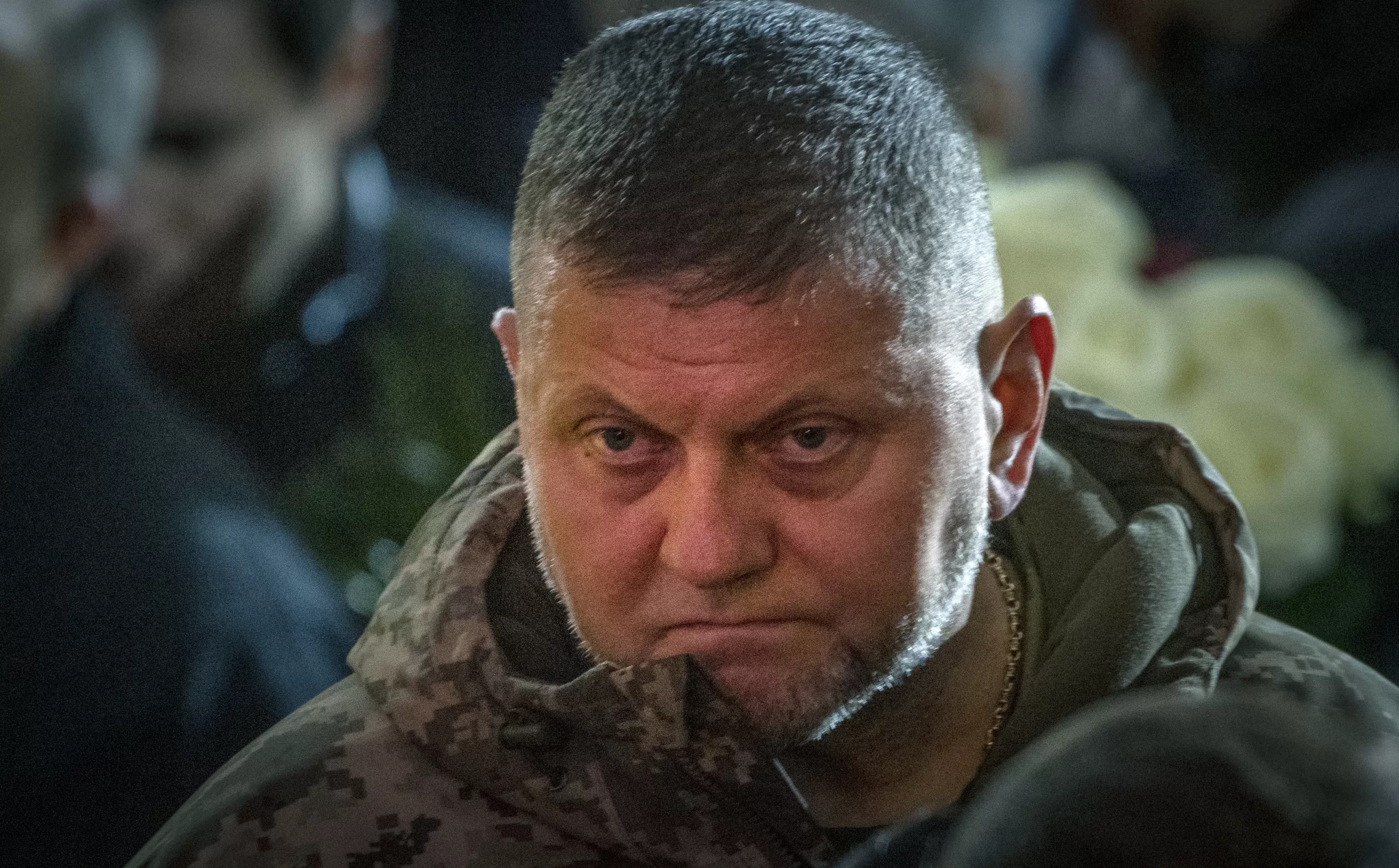
The Pentagon pushed for the Ukrainian military to make a major thrust focused on one area where planners thought a breakthrough was possible. Instead, Kyiv chose several assaults across the front in the belief that would make it difficult for the Russians to reinforce many points at once.
After weeks of disagreements, “it became pretty clear over the course of the offensive that Ukrainians just weren’t interested in U.S. advice, and they generally concluded that we have nothing to offer them advice-wise,” said one person who has advised the White House on military matters.
The argument, the adviser said, was that the United States didn’t have experience fighting the kind of war the Ukrainians were fighting, and while U.S. advice was welcomed, it could also be tone-deaf.
While blame for those disagreements fell squarely on Zaluzhny’s shoulders, he was also “hamstrung by Zelenskyy,” who had the final say on military matters, “and so the U.S. kept yelling at the wrong person,” the adviser said.
In the coming months, as Ukraine is now forced on the defensive, the current “war of attrition is a very, very bad choice for Ukraine,” the Ukrainian officer said.
Rather, Ukraine should adopt an “asymmetric” approach, the officer said, that focuses on defense and industrial targets inside Russia “to break them, instead of this meat grinder” — something that in the long run favors Russia and its larger population and deeper stocks of equipment and armor.
